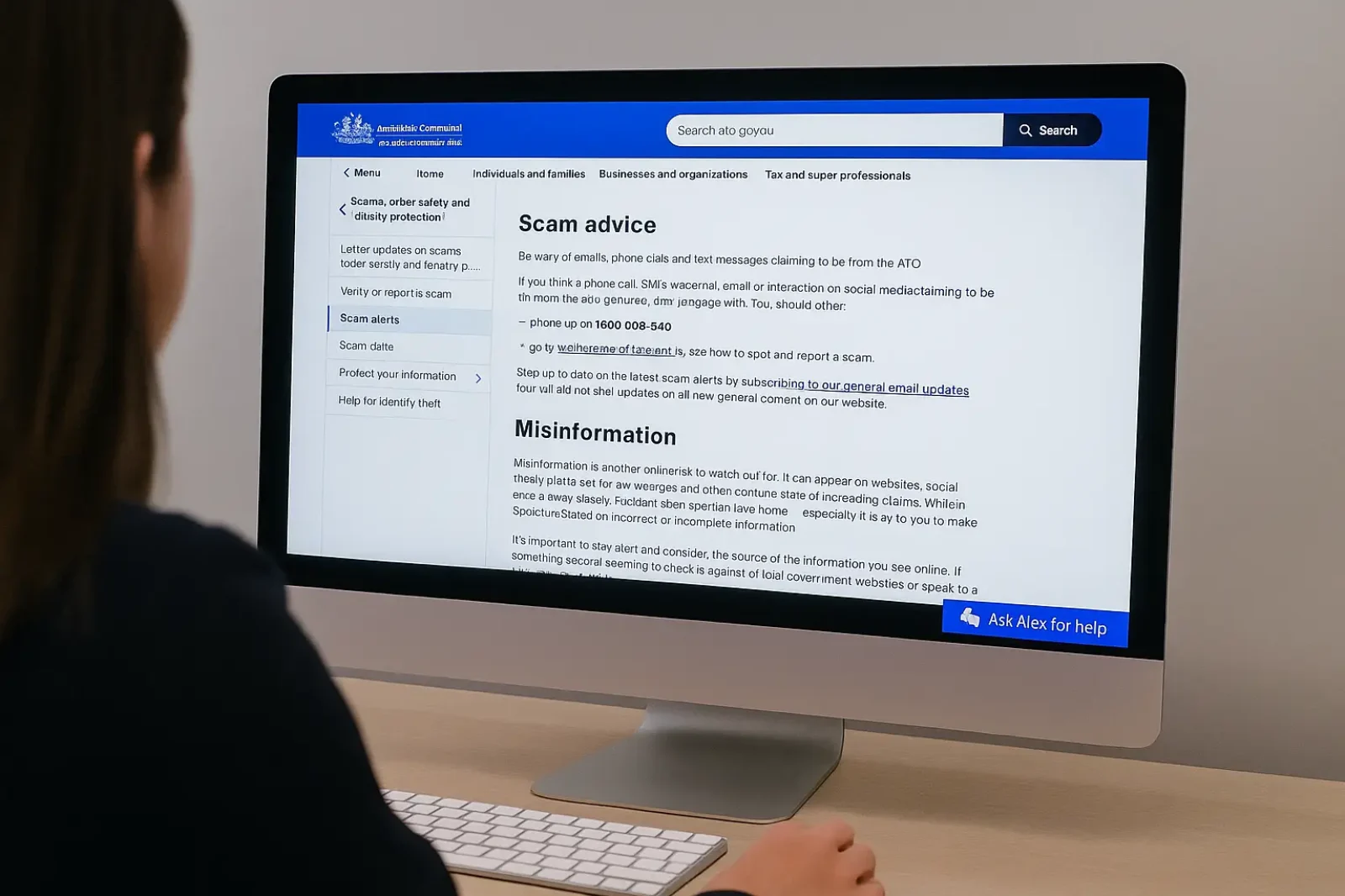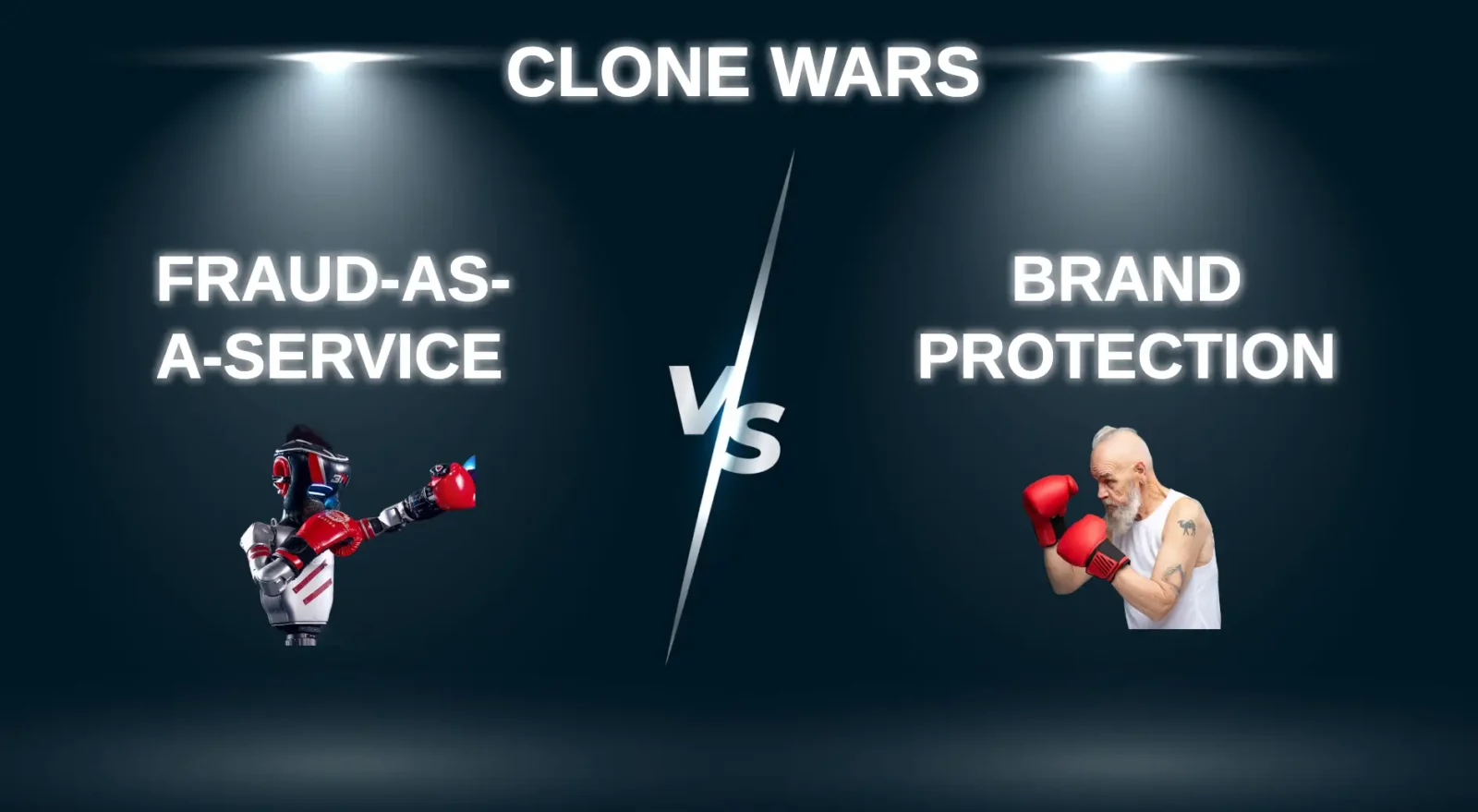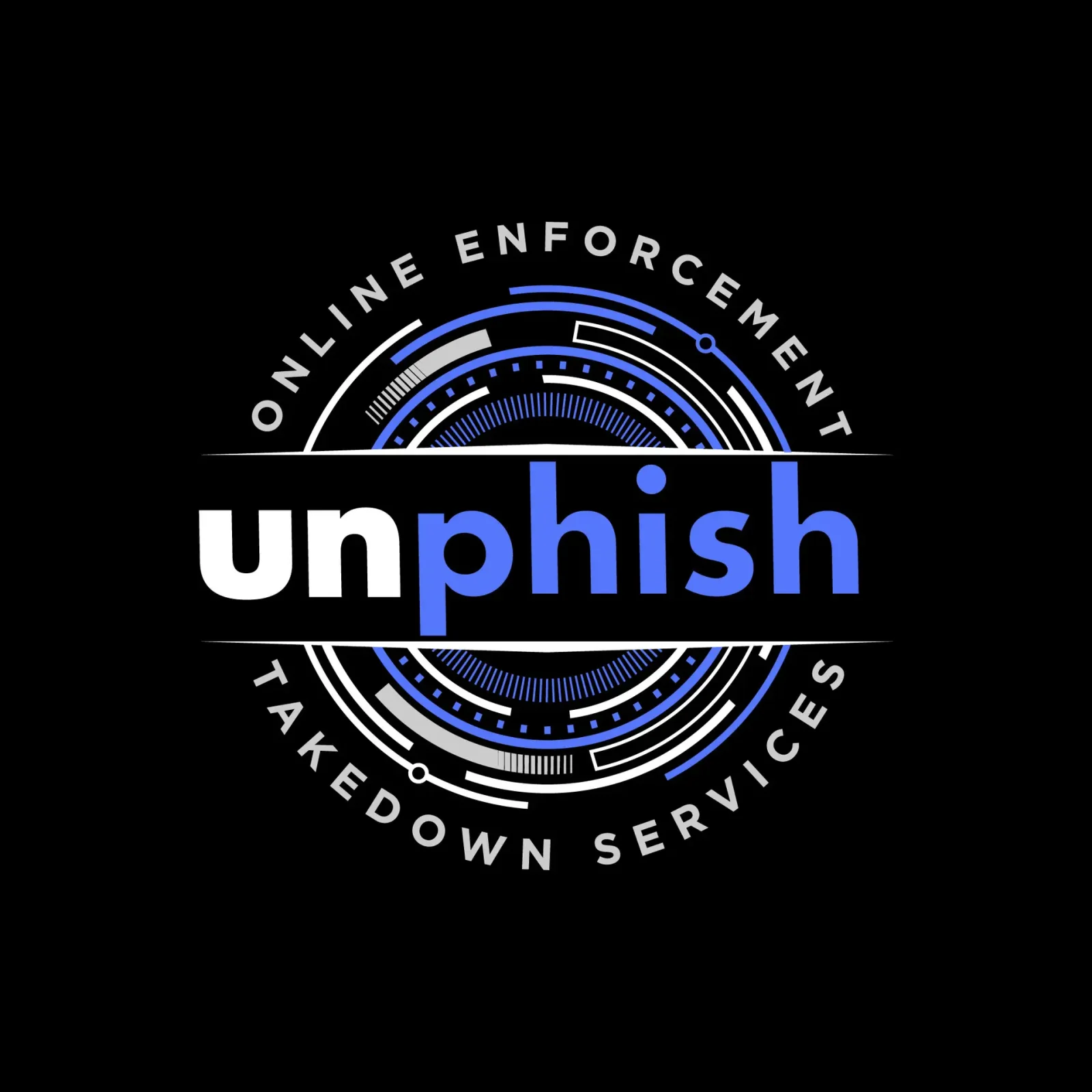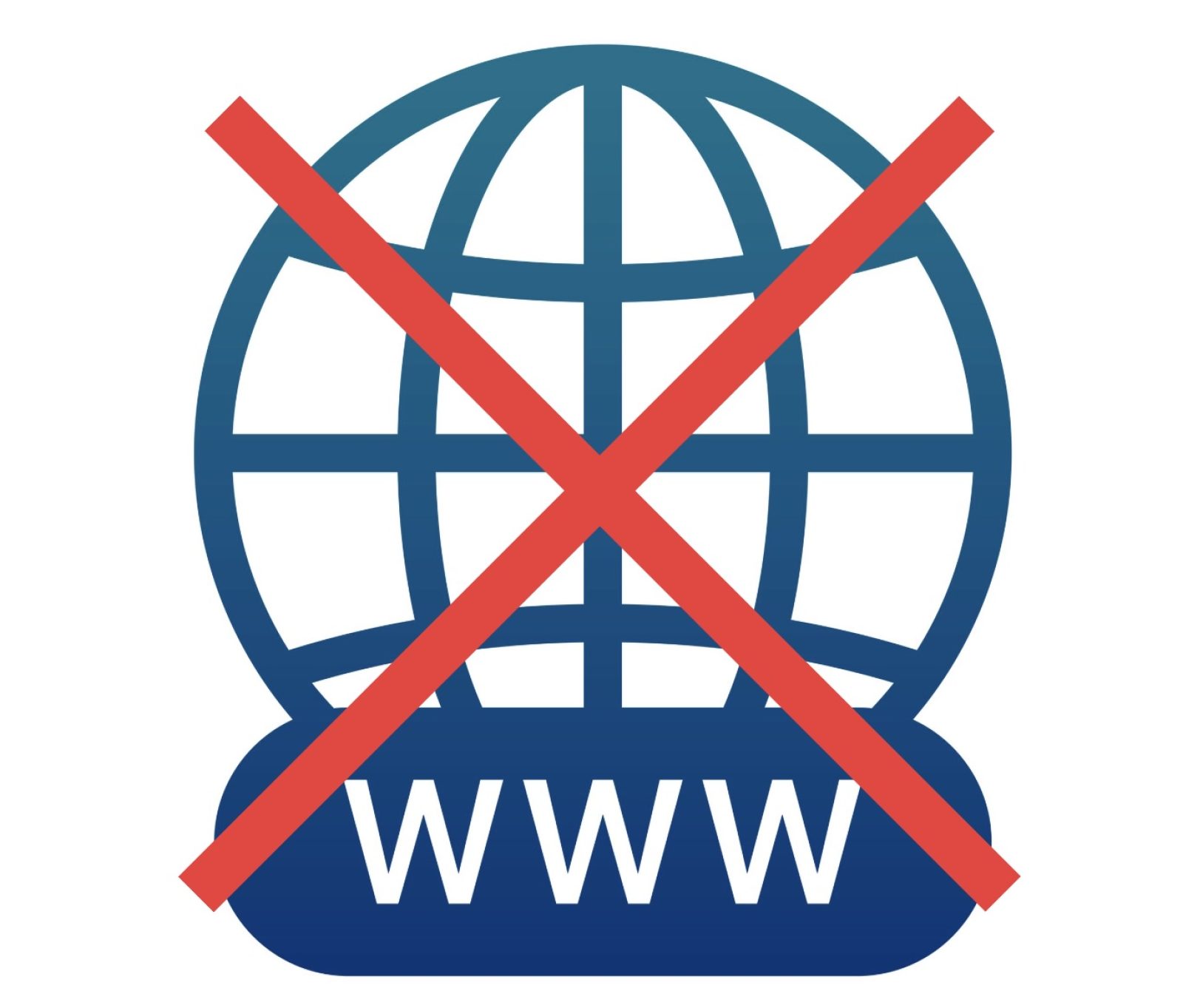FraudOnTok: Ten Thousand Fake TikTok Shop Websites Hijacking Trust
FraudOnTok Scam: 10,000+ Fake Websites Hijacking Trust
FraudOnTok Key Takeaways (TLDR)
Cloned Websites 10,000+ impersonation websites identified mimicking TikTok Shop, Wholesale, and...
Passive Fraud Warning Pages Don’t Work
Fraud is active. Our fraud warnings shouldn’t be passive.
Every day, scammers launch sophisticated phishing sites, fake social media accounts, and impersonation campaigns designed to trick customers in...
Five Practical Tips to Protect Your Brand from Web-Based Phishing Attacks
Tips to Protect Your Brand from Web-Based Phishing Attacks
Web-based phishing is one of the fastest-growing threats facing enterprises today. Criminals can launch convincing fake websites in hours, using...
Brand Protection vs Fraud-as-a-Service
Has brand protection kept up with fast moving and large clone website networks? Whether you’re in retail, banking, or government services, attackers can now deploy hundreds of convincing fake websites in hours — complete with stolen branding, payment or credential-harvesting...
New Instagram Phishing Scam Flying Under the Radar
A newly observed phishing campaign is targeting Instagram users, and it’s using a clever trick to bypass traditional scam filters. If you’ve received an email claiming there was suspicious activity on your Instagram account and urging you to reply, read on. This scam...
“Stop a Phishing Site Using Our Brand”
How to “Stop a Phishing Site Using our Brand”
If your brand’s been targeted and you’ve just found a phishing site using your name – this blog is for you…Phishing attacks are no...
Tricky Fake Crypto Apps on Google Play
Over 20 Fake Mobile Apps Are Phishing Crypto Wallet Users
A recent investigation by Cyble Research and Intelligence Labs (CRIL) uncovered more than 20 malicious Android applications on the Google Play...
Hidden in Plain Sight: 6 Ways Phishing Sites Avoid Detection
Hidden in Plain Sight: 6 Ways Phishing Sites Avoid Detection
Phishing websites have become far more sophisticated than the basic spoof pages we saw a few years ago. As security experts improve detection...
Registrar Hacking and why Registry Lock is so Important
Registrar hacking isn’t theoretical—it happens more often than most people realise. There are 2,800 ICANN Accredited Registrars, and the top ten retail Registrars (that manage over 250M domains) are targeted regularly – in most cases Registrars do a great job defending...
Why Domain Registrars Are Key to Stopping Fast Flux Phishing
A recent Dark Reading article highlighted the continued growth of fast flux phishing, an old tactic that’s been on the radar of enforcement professionals for years. Maybe a forgotten scam for many, those of us working in the phishing takedowns and cyber enforcement space are...
Phishing Site Takedown: What to Do When Registrars Ignore Your Complaint
Phishing Site Takedowns: How to Escalate When Registrars Ignore Abuse
Few things are more frustrating in cybersecurity than a domain registrar ignoring a clear case of DNS abuse. Whether it’s a phishing...












